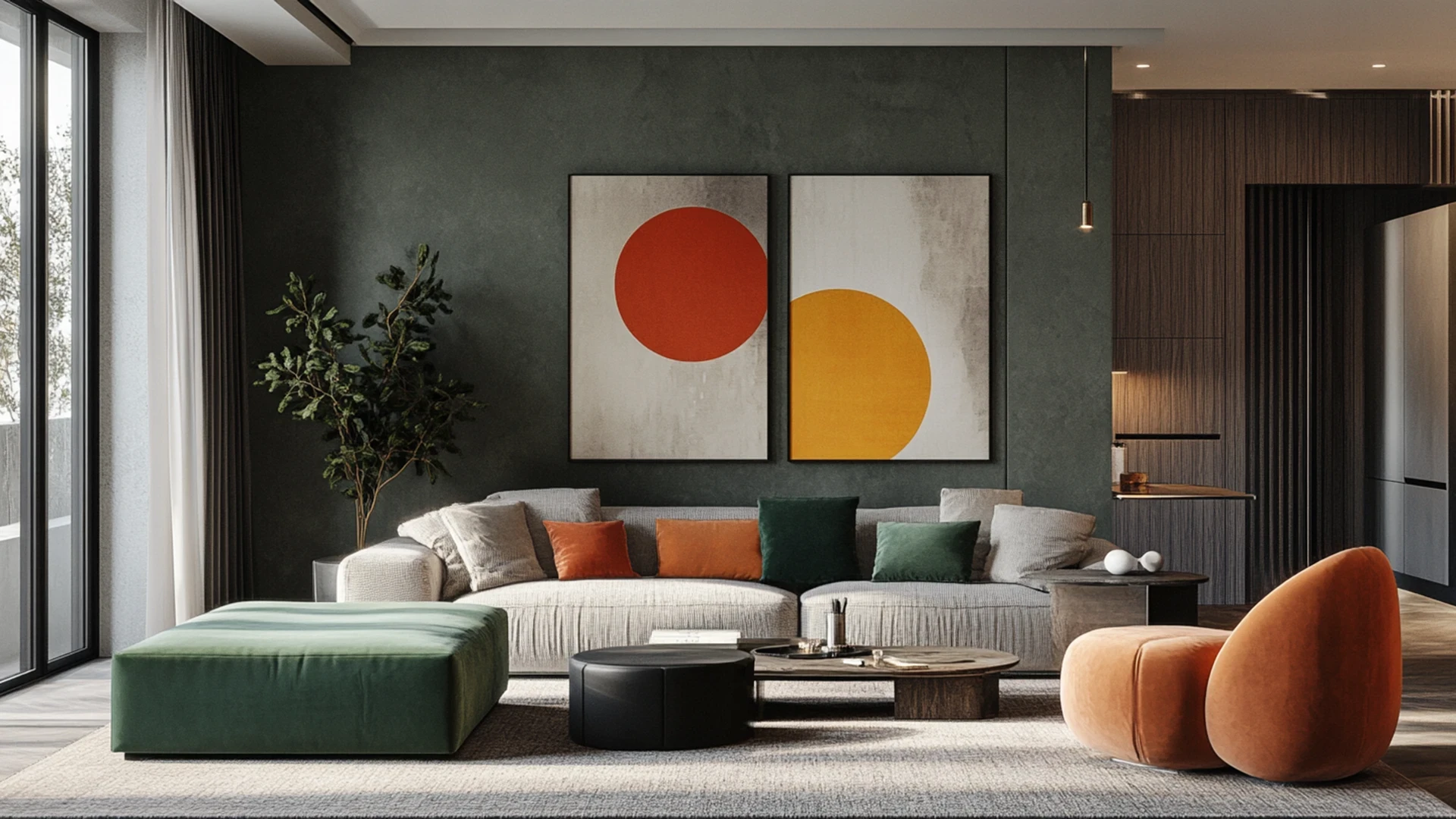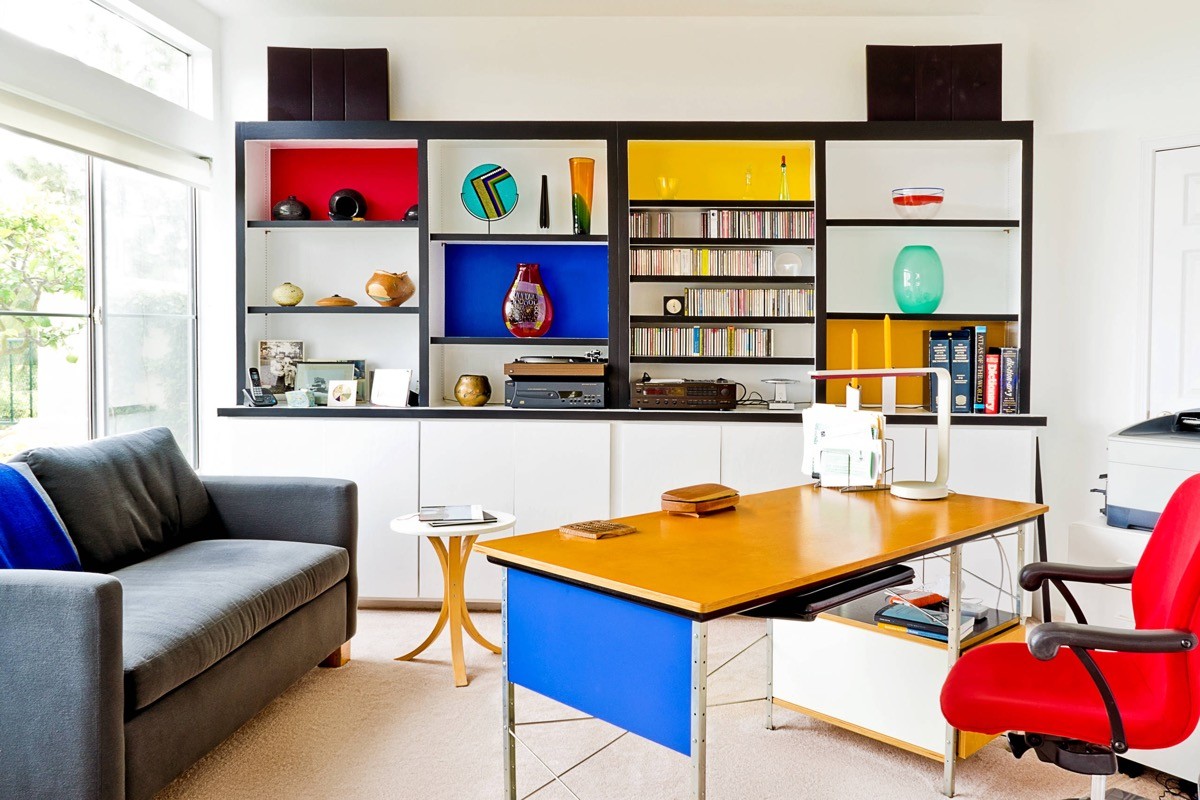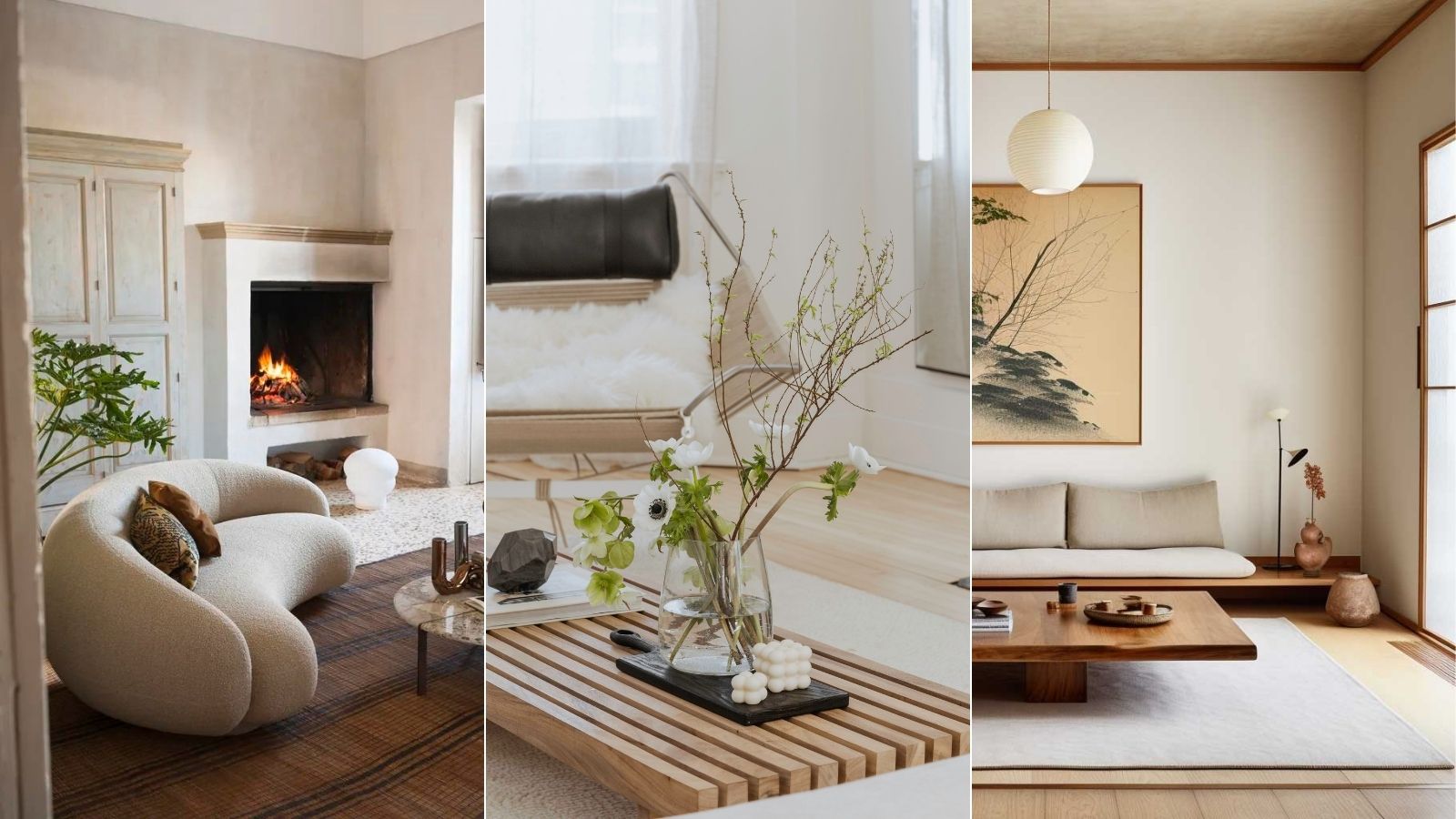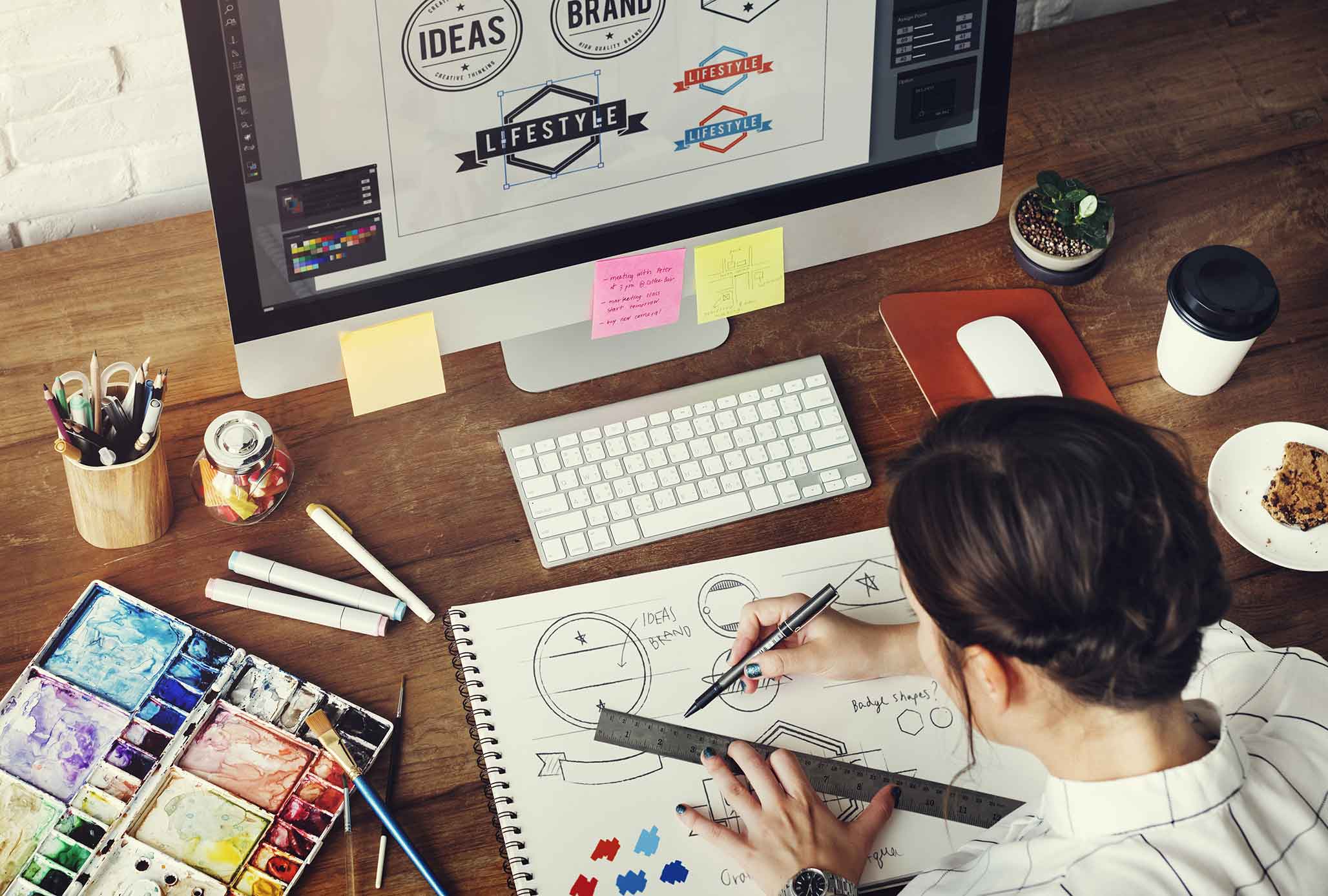
The Art of Living: How Lifestyle and Creativity Shape Modern Life
In today’s fast-paced world, where technology dominates daily routines and social media shapes perceptions, people are rediscovering the beauty of art and mindful living. Lifestyle and art, once viewed as separate realms—one practical, the other expressive—are now blending in fascinating ways. Together, they form a new culture of creativity that defines how we live, work, dress, decorate, and even communicate.
The modern lifestyle is no longer just about luxury or convenience; it’s about identity, meaning, and emotional connection. Art, in this context, becomes more than decoration—it becomes a philosophy of living. This article explores how lifestyle and art intersect in our modern world, influencing everything from personal style to mental well-being and community culture.
The Connection Between Art and Lifestyle
Art has always been a reflection of society. From ancient cave paintings to digital installations, every generation expresses its story through creative forms. In the 21st century, this creative expression has moved beyond galleries and museums—it has entered our homes, fashion choices, social media feeds, and even our food.
Lifestyle today is art in motion. The clothes we wear, the spaces we design, and the images we share are visual statements of who we are. Artists and designers shape how we perceive beauty and culture, while individuals curate their lifestyles like living canvases. This democratization of art allows everyone to participate in creativity, blurring the line between artist and audience.
Platforms like Instagram, Pinterest, and TikTok have transformed everyday people into lifestyle artists—photographers of their own lives, storytellers of their personal worlds. This global culture of sharing has made aesthetics an essential part of self-expression and communication.
The Rise of the Creative Lifestyle
A “creative lifestyle” is not just for professional artists—it’s a way of living that values imagination, experimentation, and individuality. Whether it’s through painting, writing, interior design, or cooking, creativity is becoming an essential life skill.
In recent years, minimalism, slow living, and DIY movements have gained popularity as people seek more intentional ways to live. These trends reflect a collective desire to reconnect with authenticity and craftsmanship. Creating something by hand—be it a ceramic bowl, a handmade scarf, or a mural—brings a sense of fulfillment that consumer culture often lacks.
Moreover, the creative lifestyle has found a strong ally in sustainability. Artists and lifestyle influencers are increasingly advocating for conscious consumption, upcycling, and ethical design. Art, in this sense, is not only an aesthetic pursuit but also a tool for social and environmental awareness.

Art as a Form of Well-Being
In the chaos of modern life, art offers a path to peace and self-discovery. Studies show that engaging in creative activities—drawing, dancing, playing music, or even viewing art—reduces stress, boosts mood, and enhances cognitive function.
Art therapy has become a recognized practice, helping individuals express emotions that words cannot capture. Even simple acts, like journaling or coloring, can foster mindfulness. The act of creating allows people to pause, reflect, and connect with themselves—a vital counterbalance to the overstimulation of digital life.
Incorporating art into one’s lifestyle doesn’t require formal training. It can be as simple as curating your living space with objects that inspire you, attending a local art exhibition, or exploring a new craft. The goal is not perfection, but presence. In this way, art becomes an everyday act of self-care.
The Influence of Art on Fashion and Design
Fashion and interior design are two of the most visible intersections of lifestyle and art. Every fabric pattern, color palette, and silhouette is a form of visual storytelling. Designers are, in essence, artists who create wearable and livable art.
The fusion of art and fashion has given rise to collaborations between luxury brands and contemporary artists. Think of Louis Vuitton’s partnerships with Takashi Murakami or Yayoi Kusama—proof that creativity has no boundaries. Streetwear, too, has embraced art as identity, turning clothing into a medium of personal and political expression.
Similarly, interior design has evolved from mere decoration into a form of experiential art. The modern home is curated to reflect individuality and comfort, combining function with emotional resonance. People are increasingly turning to natural materials, bold colors, and handcrafted pieces to infuse their spaces with personality.
Art-inspired living spaces are not just visually pleasing—they nurture creativity and emotional well-being. A painting that evokes calm, a sculpture that sparks curiosity, or a well-lit room that enhances mood all contribute to a richer quality of life.
The Role of Technology in Modern Creativity
Technology has revolutionized the art world, expanding the definition of creativity. Digital artists, graphic designers, and content creators now use tools like AI, VR, and 3D modeling to craft immersive experiences. Social media platforms have become both galleries and classrooms, where people share ideas and learn from one another.
At the same time, digital art and NFTs (non-fungible tokens) have opened new economic opportunities for artists. While controversial, these innovations reflect a larger shift—art is no longer confined to physical spaces. The digital realm allows creators to reach global audiences instantly.
Technology has also made creativity more accessible. Apps for drawing, music production, and photography empower people to explore artistic expression without formal training. This democratization of art is reshaping lifestyle culture, encouraging people to live creatively every day.
Art, Culture, and Community
Beyond personal expression, art plays a powerful role in building community. Public art installations, street murals, and local exhibitions transform cities into living galleries. They bring people together, spark dialogue, and celebrate cultural diversity.
Communities that embrace art as part of their lifestyle often see higher levels of social engagement and tourism. Events like art fairs, music festivals, and creative workshops foster connection and shared experience. They remind us that creativity is not a solitary act—it’s a collective human language.
Artists, in turn, are using their platforms to address social issues, from climate change to mental health. Through their work, they challenge perceptions and inspire change. Art, in this sense, becomes activism—a lifestyle choice that merges beauty with purpose.
The Everyday Aesthetics: Finding Art in the Ordinary
Perhaps the most profound shift in the modern relationship between art and lifestyle is the recognition that creativity doesn’t require grandeur. It can be found in the small, intentional moments of everyday life.
The way you arrange your breakfast, choose your outfit, or capture a sunset on your phone can all be acts of artistry. Living artfully means approaching the ordinary with awareness and appreciation. It’s about noticing the play of light on a building, the rhythm of footsteps on pavement, the color of leaves in autumn.
This mindfulness transforms daily routines into creative rituals. In a sense, every person becomes both artist and artwork, shaping their own story through choices, habits, and passions.

Conclusion: Living as an Art Form
Lifestyle and art are no longer separate worlds—they are two sides of the same coin. The art of living is about finding beauty, meaning, and creativity in everything we do. Whether through painting, fashion, design, or simply the way we move through the world, we all have the capacity to live artfully.
As society evolves, the fusion of lifestyle and art reminds us of something timeless: creativity is not a luxury—it’s a human necessity. It connects us to ourselves, to others, and to the world around us.
In the end, to live is to create. Every choice, every moment, every expression adds color to the canvas of life. When we live with creativity and intention, we transform existence itself into art.





Post a comment